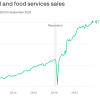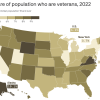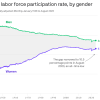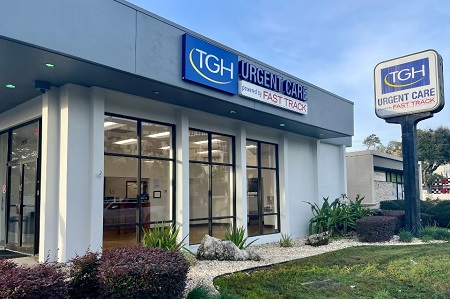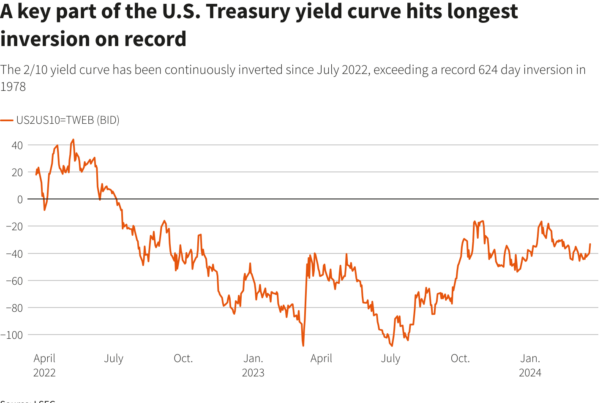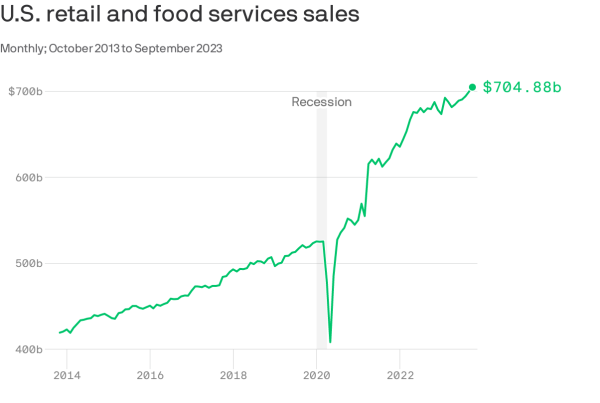Fulfillment will race ahead in the grocery business over the next five years as one-hour delivery and rapid pickup of online orders become a routine part of life.
How will that happen? The biggest grocers will make huge investments in hub-and-spoke infrastructure served by massive, Amazon-style warehouses. Meanwhile, hungry startups will help operators of all types and sizes fill in the gaps of click-and-collect and last-mile delivery.
The imperative will be to get shoppers’ groceries to them as quickly and cheaply as possible. Kroger, for one, has announced plans to open at least 20 large-scale distribution centers in coming years via its partnership with London-based Ocado. The five announced locations (Dallas, Atlanta, Cincinnati, Mid-Atlantic, and Orlando) represent quite a mix of markets. Some are Kroger-dominant; others (such as Florida) lack a large footprint of Kroger stores. These Ocado locations will complement Kroger’s soon-to-be-completed effort to bring pickup to all 2,800 stores in its fleet.
The grocery sector is also buzzing about the potential for AI-driven micro-fulfillment centers (MFCs) to shift fulfillment into a higher gear. Automated by robotics, MFCs can be squeezed into tiny spaces, from the back of a retail location, to a nearby dark store, to an underutilized parking deck. An Israeli grocery chain hired startup Fabric to build a micro-fulfilment center underneath the Shalom Meir Tower in Tel Aviv.
In the United States, MFC startups have attracted the attention of grocers like Sedano’s, ShopRite, Albertsons, Meijer and Stop & Shop, among others.
- Tel Aviv-based Fabric (formerly CommonSense Robotics) bills itself as an end-to-end provider of software, hardware and integration needed to make MFC-driven, one-hour fulfillment profitable. The company has just started to break into the U.S. grocery market.
- Waltham, Massachusetts-based Takeoff Technologies says its MFCs can assemble an average order in fewer than 15 minutes (or 10 times as fast as a manual picker in the store). Its solution, which relies on partnerships with other tech firms, involves a customer-facing app, an assortment system and robots.
- Atlanta-based Dematic is the world’s third-largest supplier of materials-handling systems. The company can reportedly build MFCs, like the one being tested by Meijer, in 12 weeks and squeeze them into footprints as small as 10,000 square feet. It also provides software that it says can seamlessly integrate with other inventory-management, warehouse and ERP systems. The idea is to put all stores, distribution centers and corporate offices on the same networked platform.
Will grocers have to completely reinvent their backend systems to take advantage of these innovations? Not necessarily.
A basic assumption of this series has been that, in the near term, grocers’ existing stores will be ground zero for the evolution of the industry. New demands related to fulfillment will affect allocation of space both inside and outside of these buildings. However, interior staging will take place where cold storage already happens—along the sides and in the back of the building. It’s the easiest and cheapest way to leverage the existing store infrastructure.
At new stores, we will see drive-thrus or storage areas housed in modules located toward the front of the building, allowing for quick retrieval of orders. Low-productivity square footage will be set aside for new customer service areas, where click-and-collect shoppers will use tablets or chat with associates to smooth out rough edges with their orders.
There’s also vast potential for detached click-and-collect pickup centers. Walmart’s 40,000-square-foot pickup center in Lincolnwood, Illinois, is one example. The discounter held a grand opening for the facility—a former Dominick’s supermarket—this past summer. It acts as a hub for shopper pickups of groceries, home essentials and pet and office supplies.
We could see other grocers convert their lower-performing stores into pickup-only locations along the same lines. “Hybrid” locations, meanwhile, would hinge on dividing space to meet local needs, with the ability to adapt over time between front and back-of-house areas. For example, you could have 30,000 square feet of fulfillment technology and storage combined with a 10,000-square-foot express storefront (where cashierless, self-scan and vending tech would keep labor costs low).
Ultimately, combining these large, small and hybrid centers into “smart grids”—where these facilities will talk to each other along the lines of connected cars—will be the key to winning the fulfillment contest.
Challenges will arise along the way. Historically, grocers’ decisions about where to spend finite remodeling dollars have been easy: The money went to their best stores.
Moving forward, the lower productivity stores will have excess space suitable for repurposing as fulfillment infrastructure. Another key consideration: whether the location of a store, quite apart from its productivity, makes it the best place to close gaps in the fulfillment strategy.
How much will fulfillment logistics improve? Within five years, shoppers in the top 20 MSAs will be able to order their groceries, laundry and Chinese takeout all at once, from adjacent tenants within the same shopping center.
Already, Fabric is exploring how to provide fulfillment as a service. And why wouldn’t retailers and landlords want to ramp up ease and convenience by making ordering from multiple tenants a reality for their shoppers? Why would you own the infrastructure when you could utilize on-demand capacity based on your real-time needs? This opportunity will be particularly attractive for grocers like Kroger, Walmart and Publix that act as landlords to adjacent tenants in their owned shopping centers.
We talk a lot about the importance of collaboration in retail real estate these days. Tag-teaming online fulfillment could be a natural outgrowth of this evolving partnership mentality.
The wildcard? Amazon. So far, its ballyhooed acquisition of Whole Foods Market has not been much of a game-changer (with in-store pricing down 2.5%, it’s still “Whole Paycheck”). However, Amazon’s latest expansion into the grocery business points to two possibilities: The ecommerce giant will either make a breakthrough in grocery relatively soon, or it will abandon the effort as a costly false start.
One thing we’ve learned from Amazon is that even in failure—remember the flameout of the Amazon Fire phone?—this tenacious company tends to learn valuable lessons. Echo and Alexa are direct outgrowths of Fire. Don’t count Amazon out just yet.
This concludes our series on the grocery of the future. We hope you enjoyed it and would love to hear your feedback: rwein@weinpl.us.
![[Future #5] The Future, Fulfilled](https://weinpl.us/wp-content/uploads/2019/10/Kroger_Customer_Fulfillment_Center.jpg)


